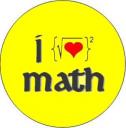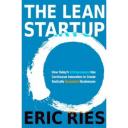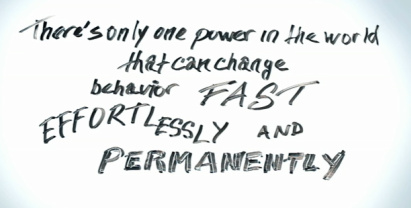Mathematics education needs more cognitive design. A lot more and fast.
 Most math is presented in a way that grates against how our minds really work and leads to student frustration and failure. The clearest signal of this is that students often ask “how does this relate to the real world” and claim they just don’t get math or even hate it. The world runs on math and hate is a strong emotion.
Most math is presented in a way that grates against how our minds really work and leads to student frustration and failure. The clearest signal of this is that students often ask “how does this relate to the real world” and claim they just don’t get math or even hate it. The world runs on math and hate is a strong emotion.
And it is not just math. STEM or science, technology, engineering and math education is under intense scrutiny in the US right now. STEM education is linked to US competitiveness and appears to be failing by many measures especially in K-12. Without a large and creative STEM knowledge base it will be very hard to be a major economic player in the 21st century.
So I am also on the look out for new points of view on STEM education, especially those that are optimized for how our minds really work. For example, the New York Times has a recent OP-ED piece, How to Fix our Math Education, that presents such a view. They point out that our current approach to teaching math is very theoretical and that we should consider the development of quantitative literacy or reasoning. To quote:
“Imagine replacing the sequence of algebra, geometry and calculus with a sequence of finance, data and basic engineering. In the finance course, students would learn the exponential function, use formulas in spreadsheets and study the budgets of people, companies and governments. In the data course, students would gather their own data sets and learn how, in fields as diverse as sports and medicine, larger samples give better estimates of averages. In the basic engineering course, students would learn the workings of engines, sound waves, TV signals and computers. Science and math were originally discovered together, and they are best learned together now.”
Our minds do naturally reason quantitatively. Leveraging that to teach the abstract principles and reasoning of math is good cognitive design. There is great power in mathematical understanding and quantitative reasoning. What we need to do is design experiences where students feel that power in their gut.











